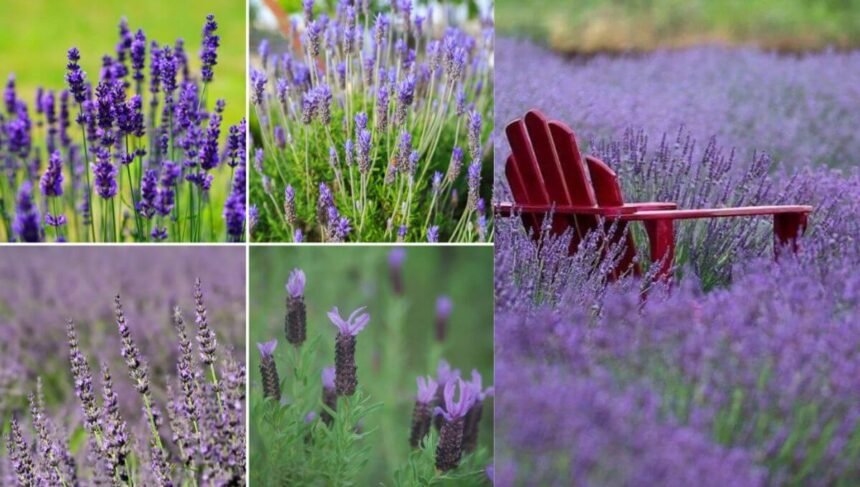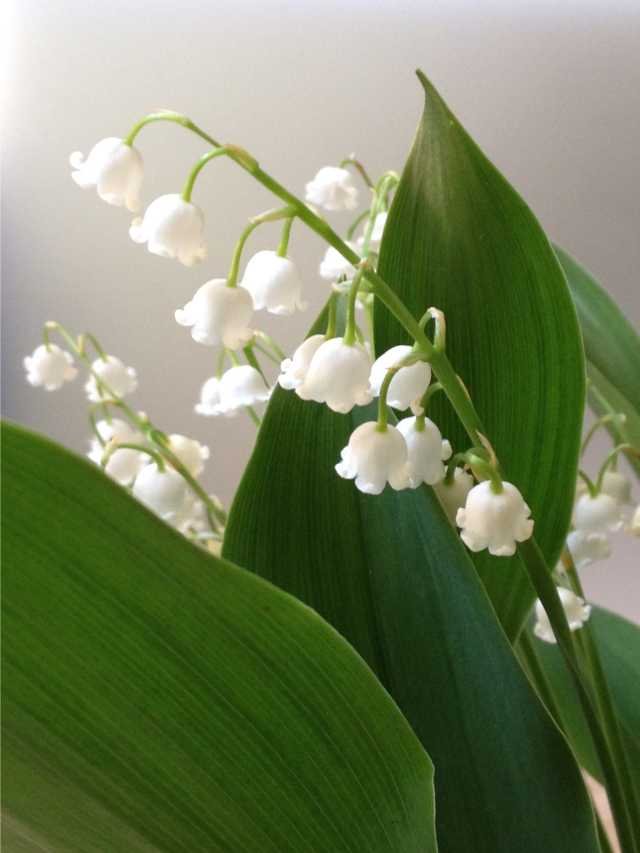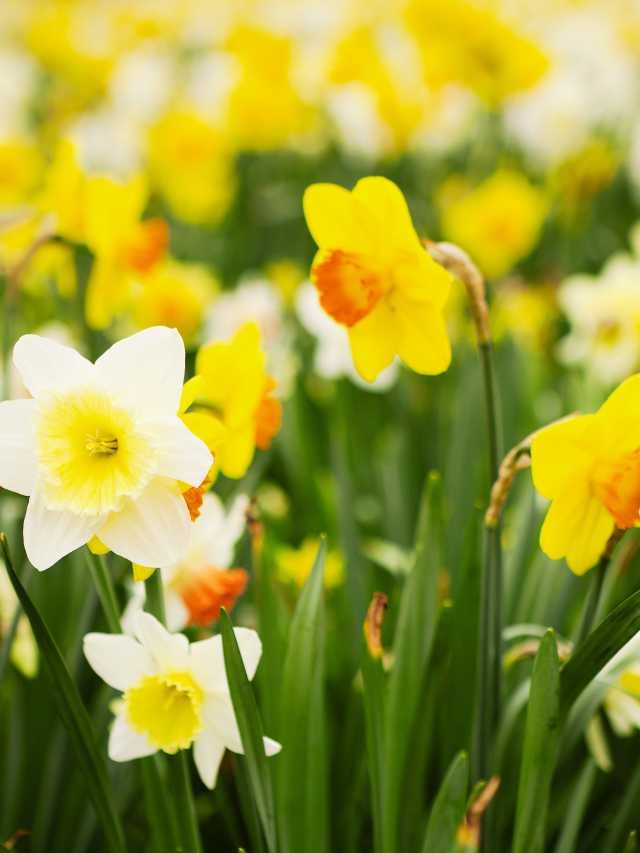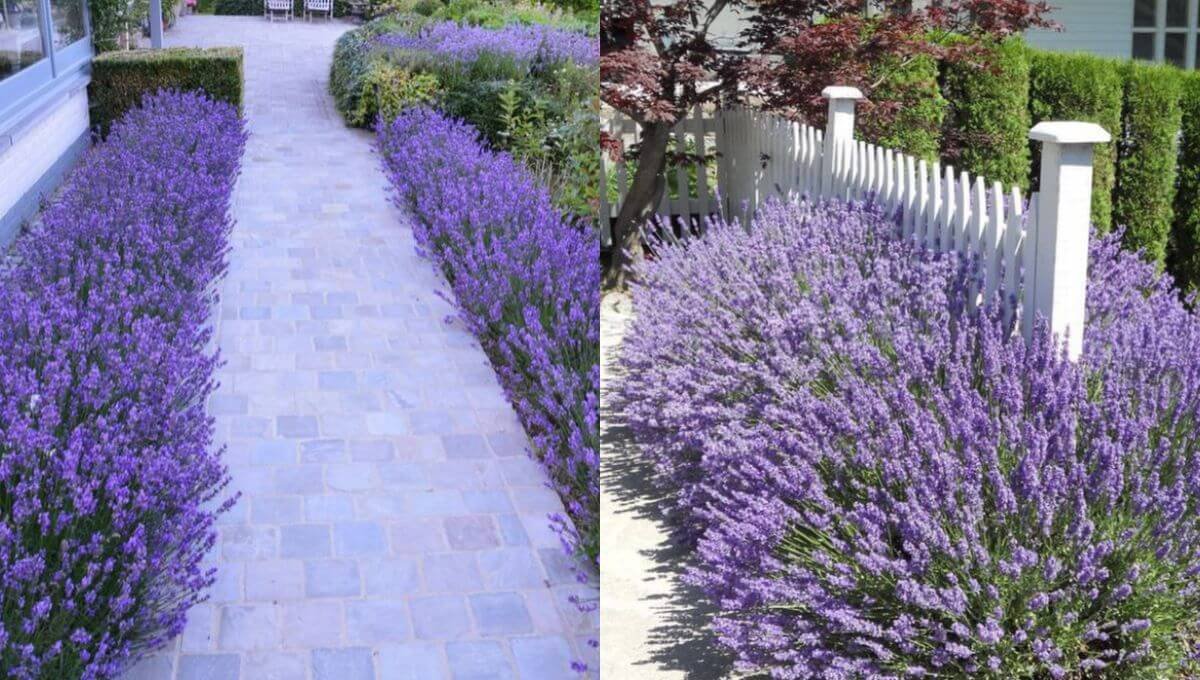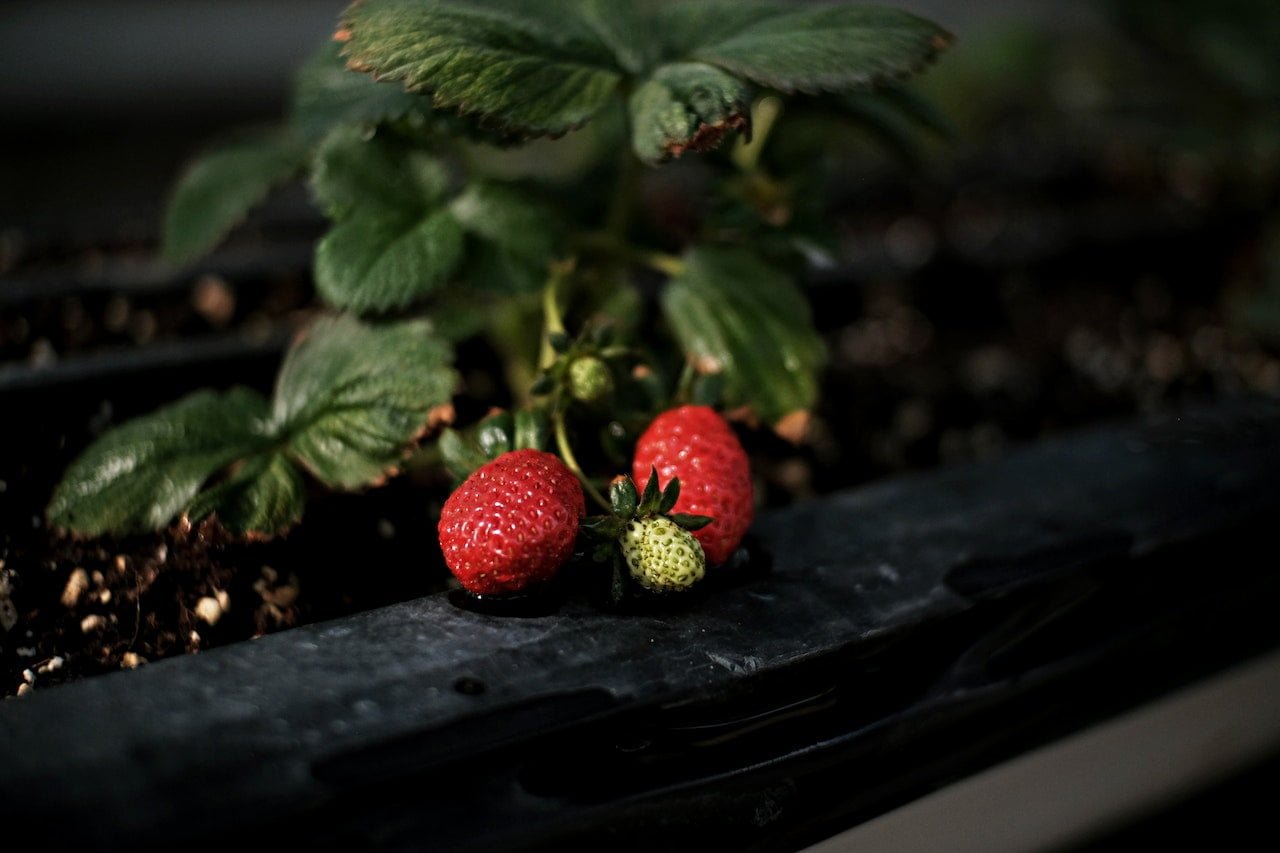English lavender (Lavandula angustifolia) is renowned for its aromatic properties and beautiful purple flowers, making it a popular choice for gardens and landscapes around the world.
But can this Mediterranean plant thrive in the diverse climates of India? This article delves into the possibilities, challenges, and best practices for growing English lavender in India.
Understanding English Lavender
What is English Lavender?
English lavender, despite its name, originates from the Mediterranean region. It is celebrated for its fragrant flowers and essential oils, which are widely used in perfumes, cosmetics, and aromatherapy. The plant typically prefers temperate climates with well-drained soil and full sun exposure.
Ideal Growing Conditions
- Climate: Mild winters and warm, dry summers.
- Soil: Well-drained, sandy or loamy soil with a neutral to alkaline pH.
- Sunlight: Requires at least 6-8 hours of full sunlight daily.
- Watering: Minimal; lavender is drought-tolerant once established.
Growing English Lavender in India: Challenges and Solutions
Climate Adaptation
India’s climate varies significantly from region to region, presenting both opportunities and challenges for growing English lavender.
Northern India
In northern India, especially in states like Himachal Pradesh, Uttarakhand, and Jammu & Kashmir, the climate is more temperate, resembling Mediterranean conditions. These regions have cooler summers and cold winters, which are favorable for lavender cultivation.
- Solution: Utilize regions with temperate climates similar to the Mediterranean for optimal growth.
Southern and Central India
Southern and central parts of India experience hot and humid climates, which are less ideal for English lavender.
- Solution: Opt for well-ventilated areas with good air circulation. Implement mulching and proper irrigation systems to manage moisture levels.
Soil Requirements
Indian soils can vary from heavy clay to sandy loam. English lavender prefers well-drained, sandy, or loamy soil.
- Solution: Amend the soil with sand, gravel, or organic compost to improve drainage. Ensure the soil pH is neutral to slightly alkaline.
Watering and Humidity
Lavender is drought-tolerant and does not thrive in high humidity or overly wet conditions, which are common in many parts of India.
- Solution: Implement drip irrigation systems to provide minimal but consistent watering. Avoid overhead watering to prevent fungal diseases.
Related: Where Does Lavender Grow Best?
Best Practices for Growing English Lavender in India
Site Selection
Choose a location that receives full sunlight for at least 6-8 hours a day. Elevated areas with good air circulation are ideal to reduce humidity levels.
Soil Preparation
Prepare the soil by mixing sand or gravel to enhance drainage. Test the soil pH and adjust it to be neutral to slightly alkaline. Adding lime can help increase the pH if necessary.
Planting
- Spacing: Plant lavender seedlings or cuttings 12-18 inches apart to allow for air circulation and prevent fungal diseases.
- Depth: Ensure the root ball is covered with soil, but do not bury the stem too deep.
Watering
Water the plants sparingly. Allow the soil to dry out between watering sessions. Overwatering can lead to root rot and other fungal diseases.
Pruning
Regular pruning helps maintain the shape of the plant and encourages new growth. Prune lavender plants annually after the flowering season, cutting back about one-third of the plant.
Pest and Disease Management
Lavender is relatively pest-resistant, but it can be susceptible to root rot and fungal infections in humid conditions.
- Solution: Ensure proper soil drainage and avoid overhead watering. Inspect plants regularly for signs of disease and treat with organic fungicides if necessary.
Varieties of Lavender Suitable for India
While English lavender is the focus, other lavender varieties may also be suitable for different Indian climates.
French Lavender (Lavandula dentata)
French lavender is more tolerant of warmer climates and can be an alternative for southern regions of India.
Spanish Lavender (Lavandula stoechas)
Spanish lavender is another option that can tolerate warmer temperatures and is suitable for ornamental purposes.
Benefits of Growing Lavender in India
Economic Opportunities
Lavender cultivation can be lucrative due to the high demand for essential oils, perfumes, and cosmetic products.
Environmental Benefits
Lavender plants attract pollinators such as bees and butterflies, enhancing local biodiversity.
Health Benefits
Lavender is known for its calming properties and can be used in aromatherapy to reduce stress and anxiety.
The Bottom Line
In summary, growing English lavender in India is indeed possible, but it requires careful consideration of the regional climate, soil conditions, and proper cultivation techniques.
By selecting suitable varieties and implementing best practices for planting, watering, and maintenance, gardeners and farmers can successfully cultivate this aromatic herb in various parts of India.
The potential benefits, both economic and environmental, make lavender a promising crop for the Indian agricultural landscape.

